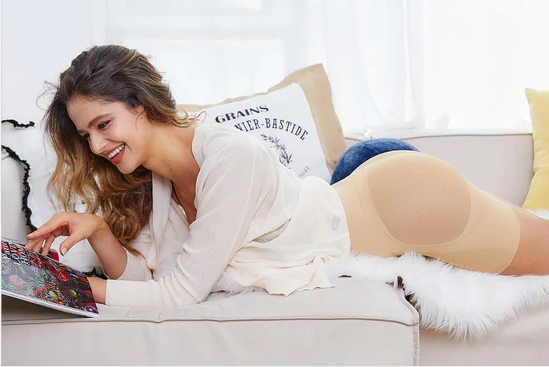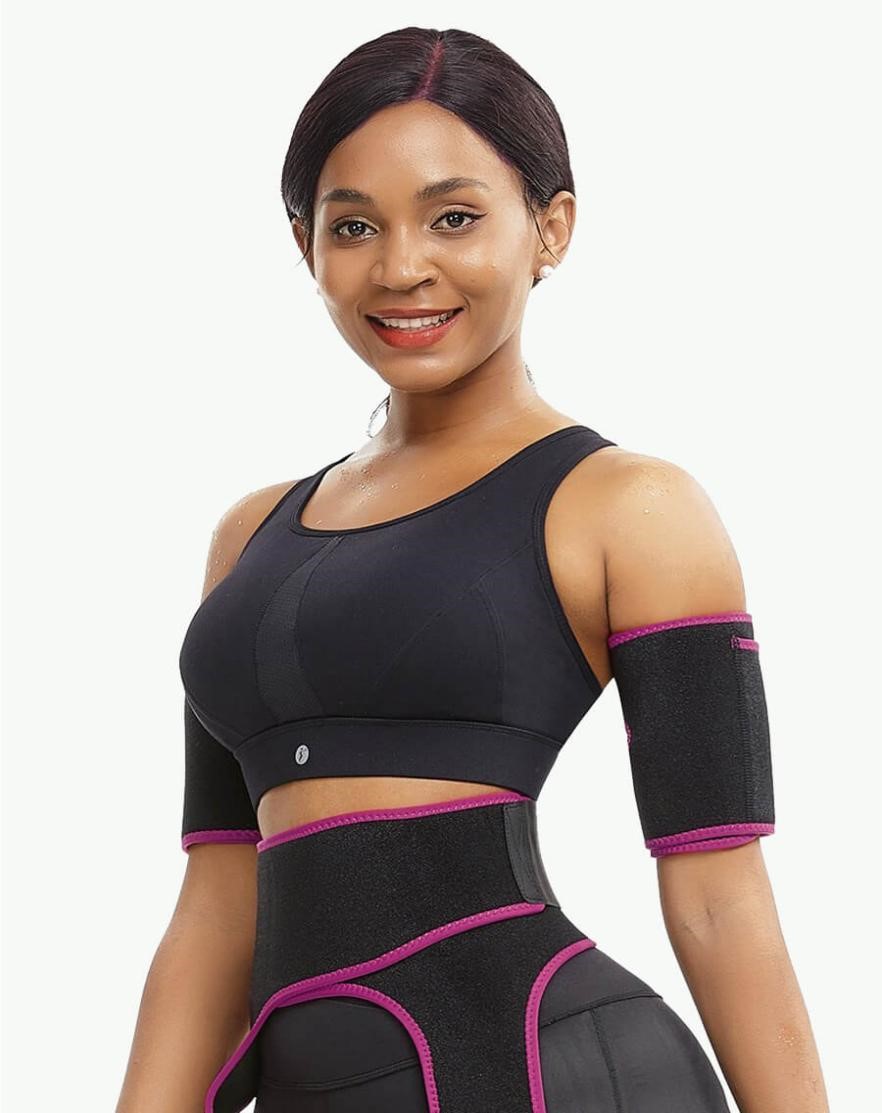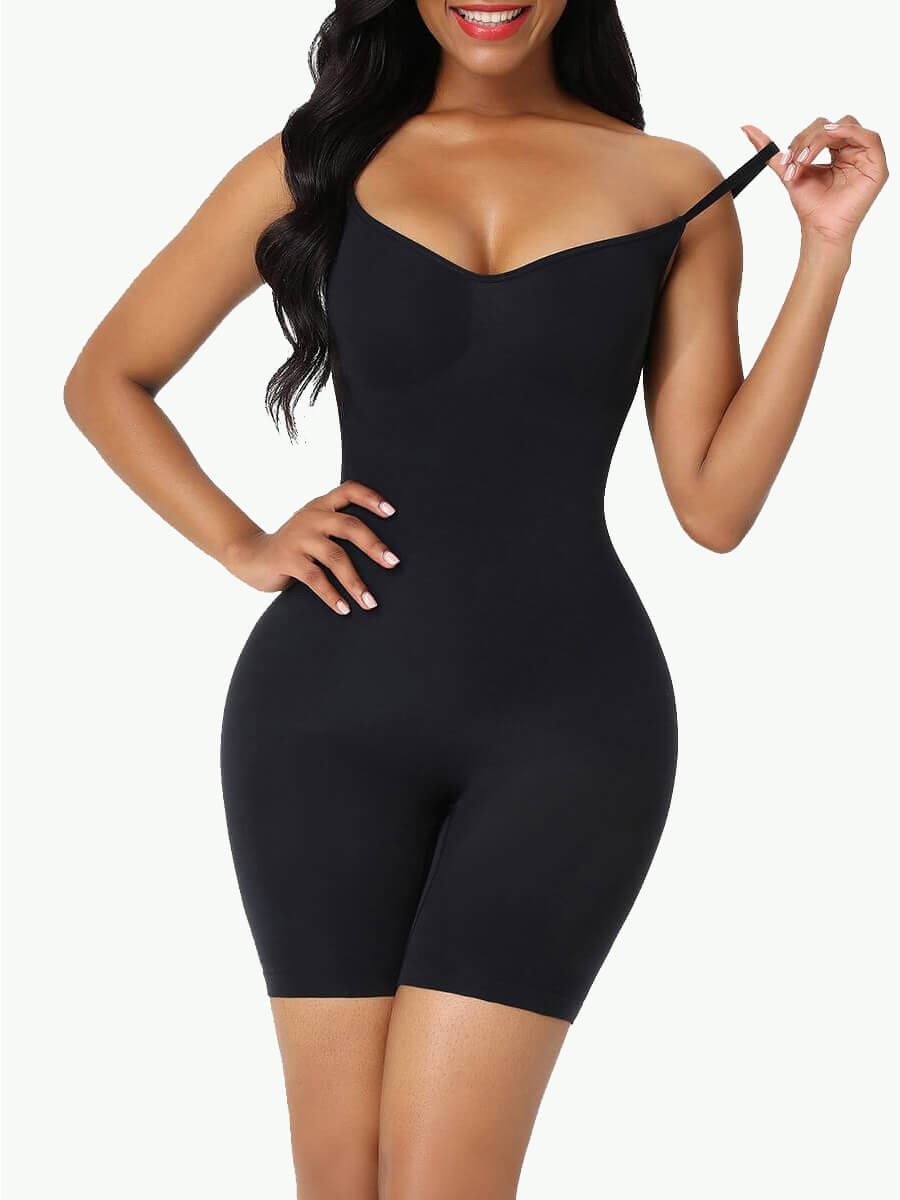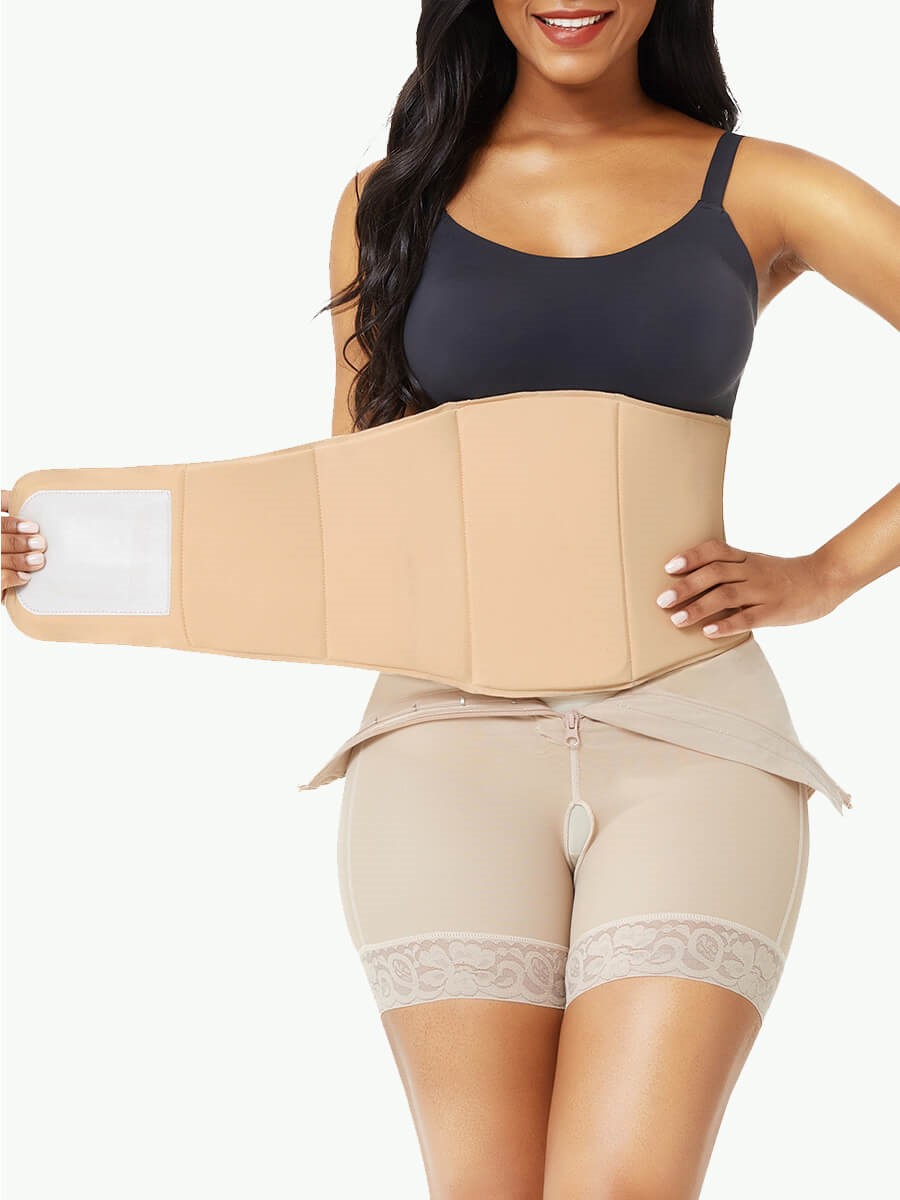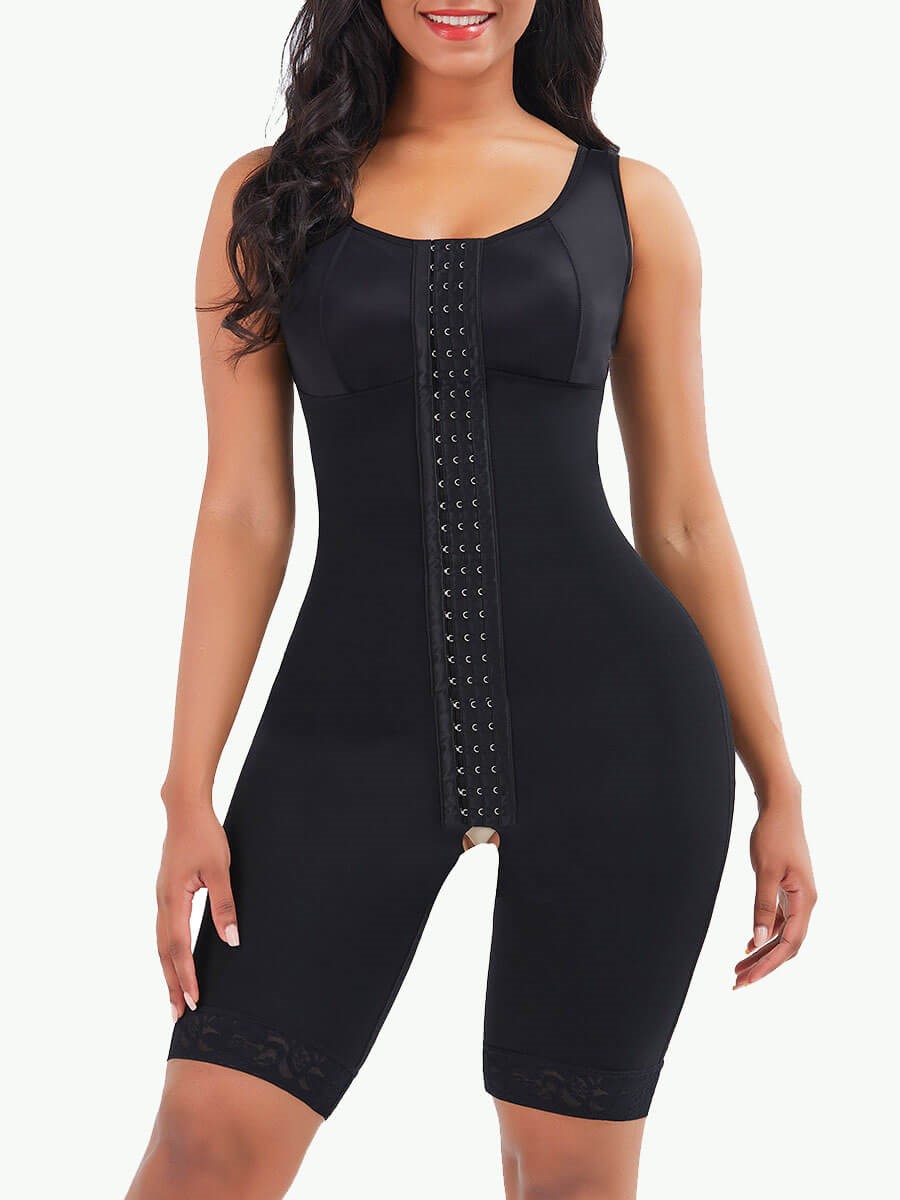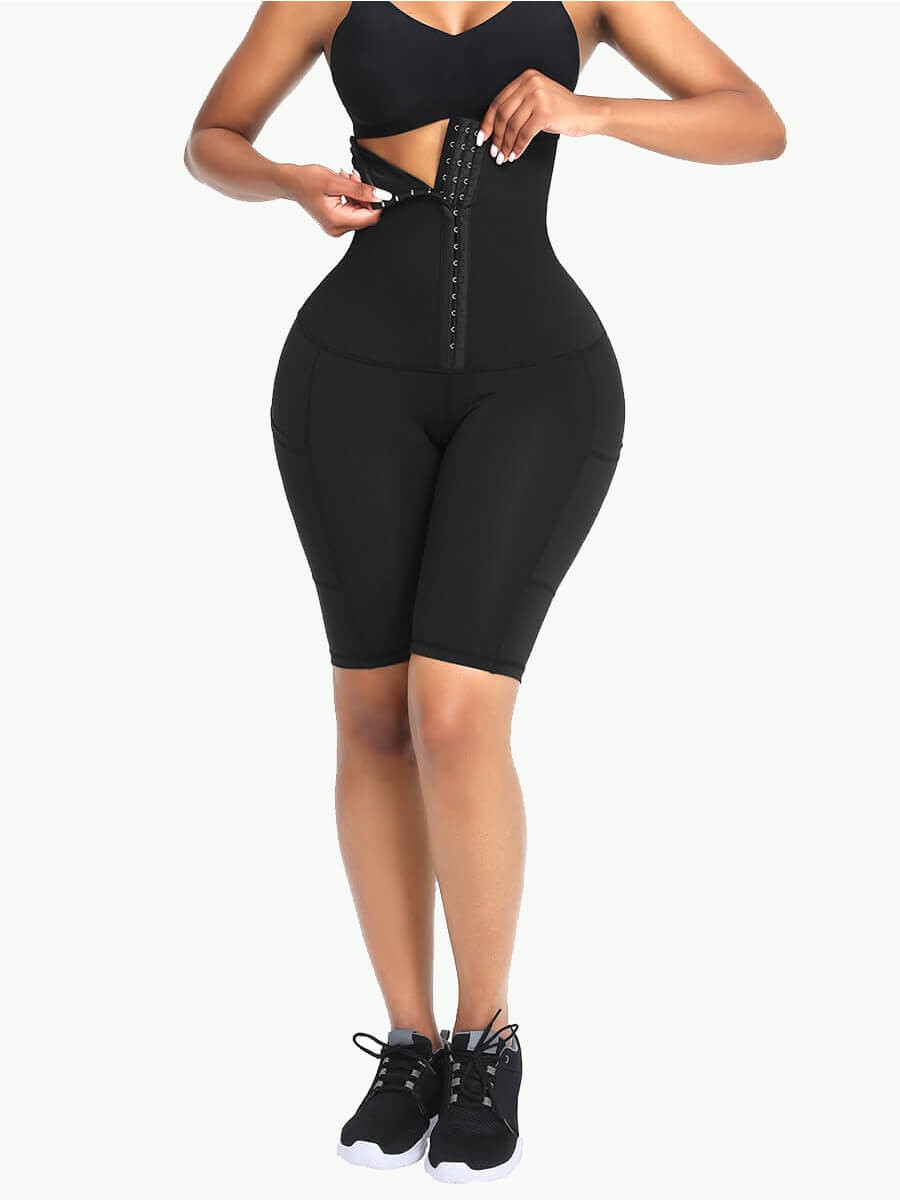Over the years, we’ve all developed our own opinions on shapewear. You can’t watch a period movie or tv show such as Bridgerton and wonder how uncomfortable corsets were! But, our prejudice towards shapewear has slowly changed in the modern age due to how shapewear has evolved over the years.
With the body-positive movement increasing over the years, there is a place for shapewear in the modern world, and it’s not only for building confidence and feeling sexy.
Let’s look at how shapewear has evolved through the centuries, how shapewear can benefit you, and ultimately abandon the ongoing prejudice against shapewear!
The Evolution of Shapewear
Throughout history, it has been challenging to achieve your ideal figure. There weren’t many options for clothing beyond corsets and girdles. Even worse, these outfits featured a plethora of questionable design decisions. Because they were constructed of metal, the garments would eventually cause, among other things, bone structural defects.
Around 1600 BCE, women in ancient Greece first used specific belts to tighten the stomach. These belts were usually made of metal or leather. In homage to some of their female goddesses portrayed wearing the garment, Mesopotamian women began donning the first girdles at about the same time.
These historic garments were used by women at the time to forcibly decrease their waistlines and accent more of their chests. This kind of figure was meant to represent virginity and fertility in several of these prehistoric cultures.
The Middle Ages
Both men and women regularly wore smocks or chemises, which are dress-like garments from the medieval era. Women were still using ancient girdles for the same purpose, but with the addition of bodices to slim the waist and accentuate the chest.
The cotte, a full-body dress that cinched the waist, was not invented by the French until the 1400s. The cotte eventually evolved into the first corset when the waist portion was removed.
The corset remained a mainstay throughout the Victorian era when the hourglass figure was considered desirable. Corsets, however, were constructed from strong materials like iron. Therefore, wearing corsets in the past was somewhat harmful and was often considered oppressive.
How Shapewear Has Changed
Shapewear has dramatically changed throughout the years, changing how we see and use these life-changing garments.
- Softer materials and synthetic fabrics: Synthetic fabrics are the perfect replacement for the hard metal components used before, providing more comfort. Most shapewear is made using nylon, allowing for better movement and feeling more breathable against your skin. With the addition of lycra or spandex’s elastic properties, shapewear can tighten certain areas of your body without constricting dangerously and allow you to breathe comfortably.
- Various sizes and compression levels: Previously, shapewear came in a one-size-fits-all. Nowadays, you will find shapewear in different sizes to fit all body types. This demonstrates how the fashion industry has evolved to be more inclusive of all individuals rather than just prioritizing those with naturally slender figures. Additionally, shapewear comes with varying compression levels, so you can easily adjust how much compression you want.
- Reshape or accentuate any part of your body: Back in the day, you would have to constrict the waist to accentuate the chest or the butt. There are now many types of shapewear that combine different kinds of shapewear garments into a single seamless item. The torso may now be contoured with shapewear down to the thighs. At the same time, body shaper can assist anyone in fitting into a cocktail dress. Some specialized shapewear can also add volume to the butt or shape the arms.
Why We Should Drop Shapewear Stigmas
As opposed to traditional body-shapers, current shapewear allows women to up their fashion style without compromising their health and wellbeing. However, modern shapewear allows not only women to benefit from their many uses but also every gender.
What a lot of people might not know is that shapewear might have some less well-known advantages, which include the following:
1. Extra abdominal and back support
These body-shaping undergarments can provide some health benefits because they no longer cause harm to the body. One benefit of the additional back support is that it helps maintain a person’s posture while easing daily long-term strain. Shapewear occasionally even helps the abdominal muscles. However, it’s important you get shapewear in the correct size in order to benefit from them.
When shapewear is the right fit, you engage your core, and your core muscles get used more. When wearing shapewear too small for you, you add stress to your back due to a loss in the range of motion of the various pelvic muscles.
2. Post-surgical compression
A post-surgical compression garment is ideal after surgery and will ensure your desired results. Supporting the surgery site, the incisions, and the impacted skin is the goal of a compression garment. Compression garments after surgery will also prevent fluid build-up or inflammation.
Your circulation will be affected, and healing will be slowed if your compression garment is excessively tight. A compression garment should drape flat and smoothly on the skin, delivering only gentle, supportive compression.
Examples of when you can wear compression garments post-surgery include:
- Breast surgery
- Liposuction
- Butt surgery
- Facial surgery
- Arm surgery
- Tummy tuck
3. Postpartum care
A new mother should be aware of what to wear after a C-section to quickly return to her beautiful, self-assured self and concentrate on her new child. Ultimately, she needs easy-to-wear, comfortable clothing and compression garments that are not too tight and facilitate breastfeeding.
Post-C-section underwear provides the ideal level of comfortable support a new mother needs. Post-C-section underwear is highly advised for ladies who want to return to shape after giving birth. Girdles for C-sections are also excellent for many other surgeries, including hysterectomies.
4. Increased blood circulation
Wearing shapewear will help improve blood flow and circulation to parts of your body that support healthy organ function and cell growth. Because healthy skin is responsible for fighting off any bacteria and infection that it may come into contact with, your skin will also benefit from increased blood circulation.
Your heart rate will decrease as it beats at maximum intensity, allowing your cardiac muscles to rest and your blood pressure to flow smoothly and evenly.
An example of compression garments for increased blood circulation is compression stockings. Compression stockings are worn by athletes, people with diabetes who are concerned about lack of blood flow in their legs, and travelers who spend many hours on a plane.
Abandoning Prejudice Against Shapewear
As you may know, shapewear is not oppressive as it may have been during the times of our ancestors. The body-positive movement of today wants women (and men) to feel confident when they look in the mirror and for us to love our bodies more.
Whether for cosmetic or post-surgical reasons, you do not have to feel embarrassed for wearing shapewear. Have the freedom to wear what you want, expand your wardrobe, feel sexy and empowered, and let’s abandon prejudice against shapewear once and for all!

